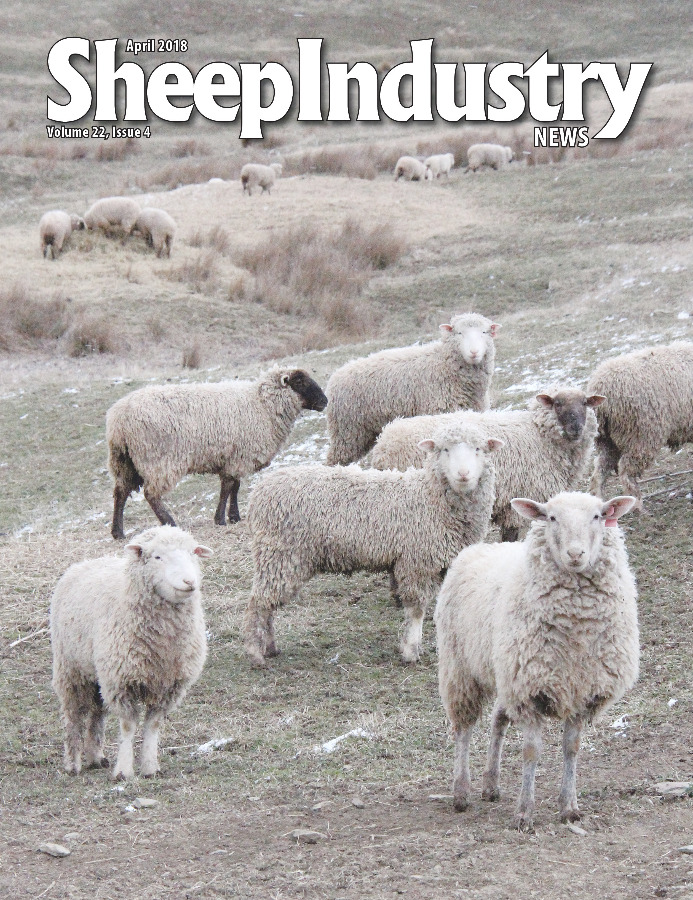The Last Word

Learning to Lamb in Washington State
KYLE PARTAIN
Sheep Industry News Editor
The first of two Washington State Sheep Producers lambing schools this spring started around a long table in the mess hall at the Martinez Lambing Camp on Feb. 24. Dr. Jill Swannack – WSSP’s resident sheep health expert – passed along a few handouts and then it was time to head to the barns.
From the teenagers to the retirees, the nearly two dozen attendees didn’t make the trip to Mabton, Wash., that cool Saturday to sit around a table. Instead, they were here for hands-on experience. Second-year Washington State University vet school student Sarah Falk was among them.
“I came to this school last year with a couple of students who were a year ahead of me,” said Falk, who is president of the university’s small ruminant club. “I loved it because I got more hands-on experience in one day here than I did in my first year of vet school. Last year, some of the students got to do epidurals and fix vaginal prolapses. I hung back because they were a year ahead of me, but this year I got to do some of that. And, I got to pull a lamb. It’s been a great day.”
Three WSU vet students were on hand for the school and others planned to attend another lambing school in Ellensburg in March. The students don’t see sheep much in a program that tends to focus on companion animals, horses and cattle.
“Sometimes you have to figure out a way to get your own experience if you have certain interests,” said Falk.
Vet students weren’t the only ones looking to get in on the action. Retired veterinarian Angie Johnson was attending the school for the first time after getting her start in the sheep industry four years ago when she and her husband retired to Eastsound, Wash., on Orcas Island. The couple spent a year restoring the farm house and barn before starting their flock.
“I’d never worked with sheep,” Johnson said. “The reason we got into sheep is because I had to pass by a sheep farm coming off the ferry to the island, and the lambs in spring were just so cute. We thought they would be something we’d enjoy as a hobby, but we’re just now starting to get to the point where they might generate revenue.”
The chance to practice lambing techniques was a highlight for all.
“I’m a vet, and I got a lot out of it,” Johnson said. “That should be pretty telling. Learning how to position the lambs during a birthing crisis was such a great experience. Typically, we see line drawings of these scenarios, but nothing can prepare you for these situations like the hands-on work we did today.”
In addition to live births – several of which the students assisted with – Dr. Swannack offered a “simulator” that allowed students to see different ways in which a lamb might be positioned. She then offered instruction on dealing with each scenario.
“It’s great to be able to see what the lamb looks like and what you need to do to correct the situation,” Johnson continued. “It’s a great way to teach students to deal with these scenarios.”
Students couldn’t have asked for a more inspiring environment, as lambs were dropping all around them in the Martinez Lambing Camp. Herders checked on the lambs, gave the ewes a few minutes to clean them up and then carried them into the lambing jugs with the ewes following closely behind.
“We’re happy to have them here,” said Mark Martinez, the state’s largest sheep producer. “It gives us a chance to share some knowledge that they can take home and put to use.”


